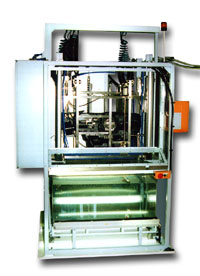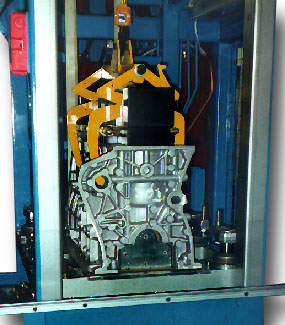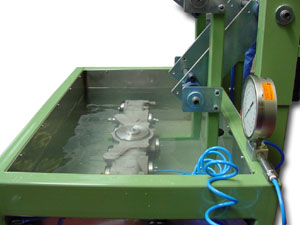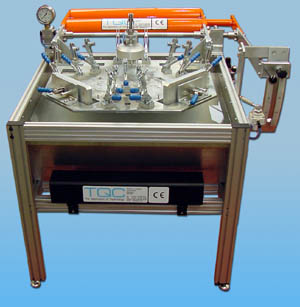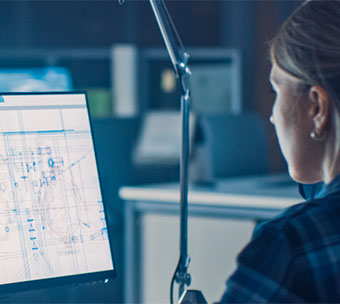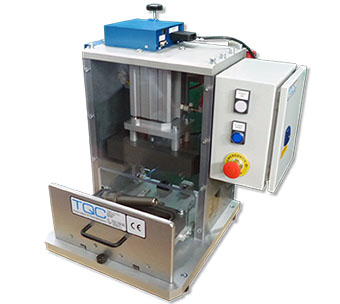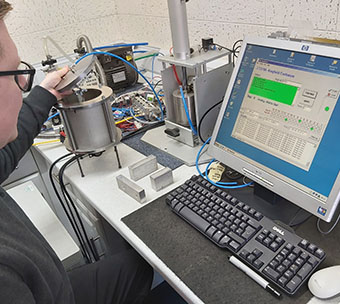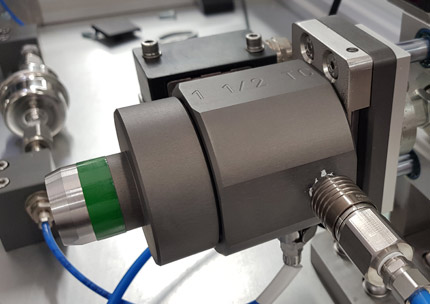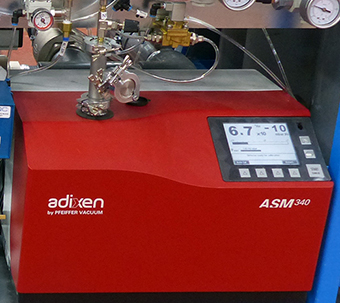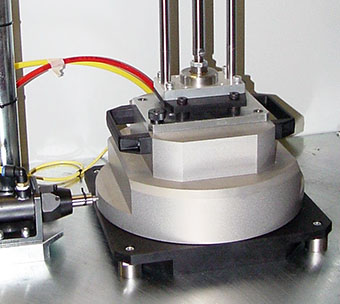Water submersal leak detection using a dunk tank for complex assemblies and parts
Water submersal, or dunk tanks, is a widely used method for location of leaks in complex assemblies and products with air bubbles present around the leaking area.
Most often, differential pressure or vacuum decay is used first to qualify a “tight” part beforehand, one may then need to locate the leak afterwards using this underwater method to repair the identified leaking area. If the part leaks, simple decay of pressure does not show the leakage path. If a part fails the quantifiable test then one method of detecting the leak path is to submerge in water and look for bubbles.
Water Submersal Considerations
When submerging a part, the force required to push the part underwater against buoyancy may be significant. To work out the force first, calculate the volume of the water displaced by the part, multiply by 10N (1KgF) per litre and then subtract the mass of the part. This calculation will indicate the submersal force require to hold the product underwater.
Each of the systems locate the part or assembly into a fixture. The assembly is then clamped into place either by manual operated toggle clamps or automatically. Some sealing areas and the length of seal are considerable, requiring significant seal forces to both compress the seal and overcome the forces generated by the internal pressure.
In all instances an operator makes a subjective visual check as to whether the part is good or bad. Clearly a bubble has to be formed, released and identified by observation so this technique is limited in its suitability.
Ultrasonic Bubble Testing
Ultrasonic bubble testing is a technique where bubbles leaving a part can be mapped using ultrasound. This technique is similar to SONAR but on a smaller scale.



